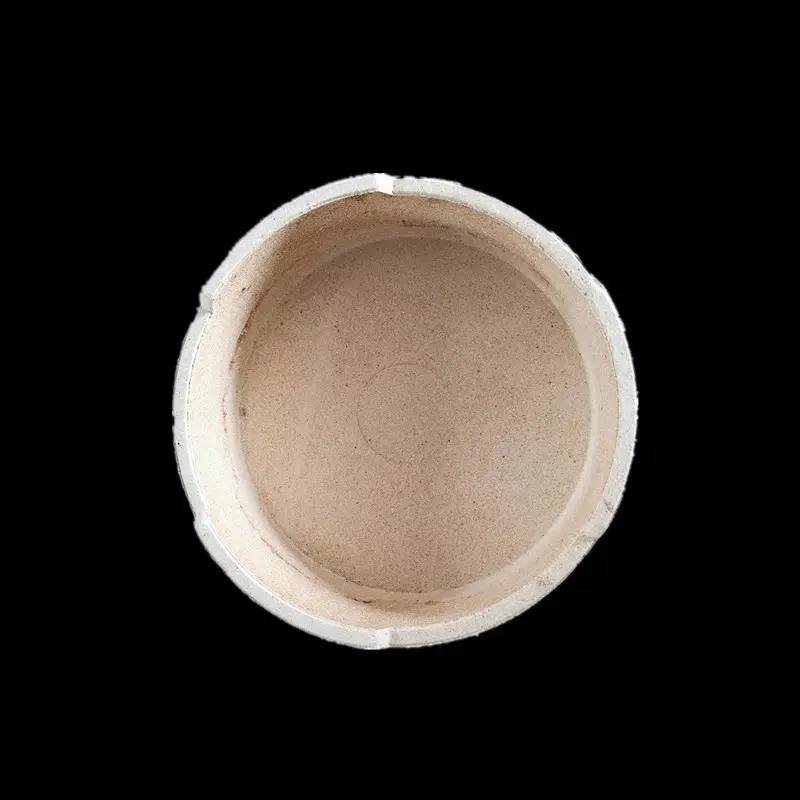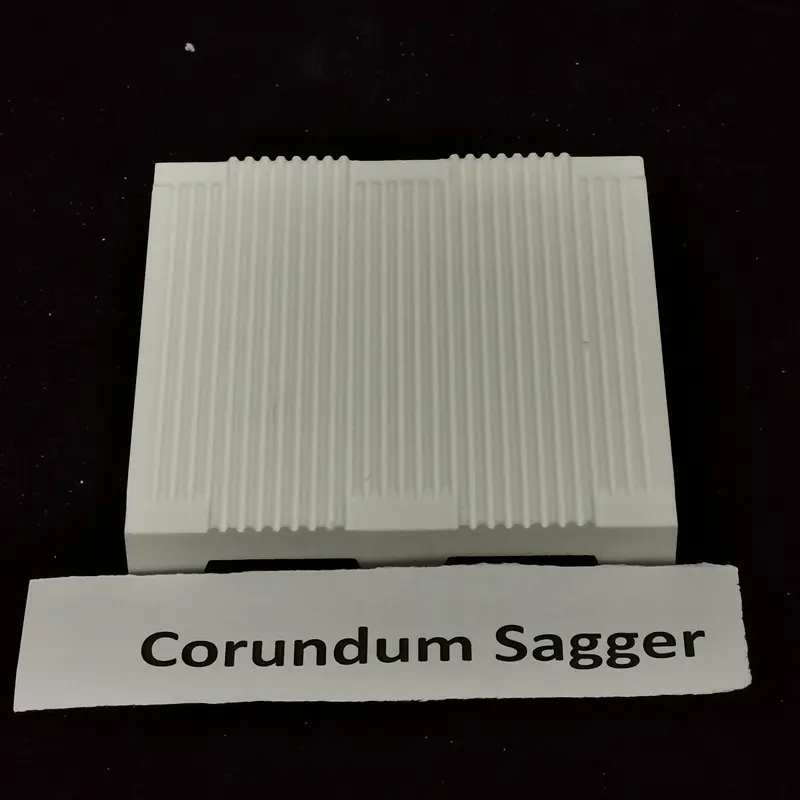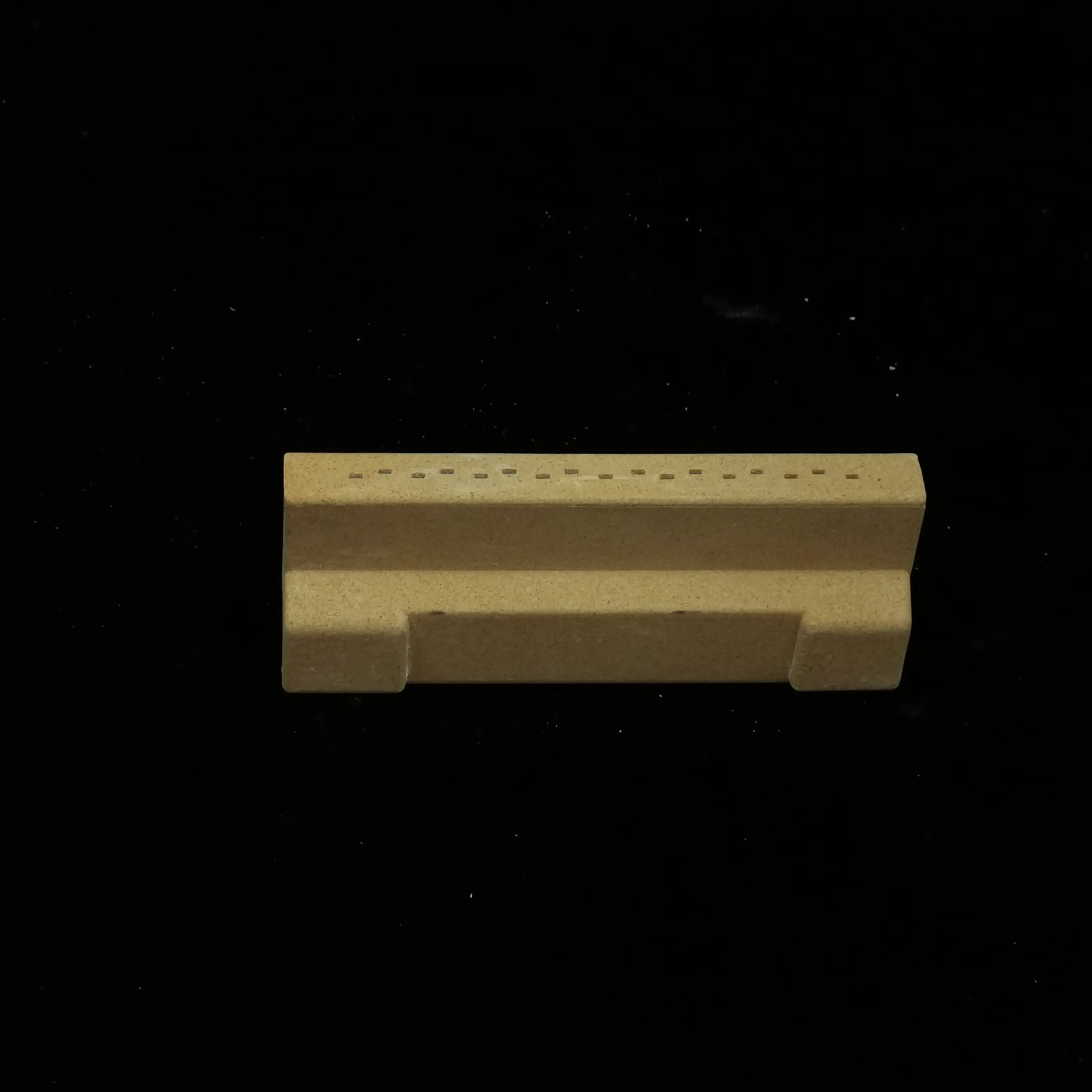Refractory high alumina tray for powder firing in kiln
In powder firing processes, high alumina trays serve as stable platforms for holding powdered materials, ensuring uniform heat distribution and preventing contamination. Their low thermal expansion coefficient minimizes warping or cracking during rapid heating and cooling cycles, maintaining dimensional stability under repeated thermal shocks. This is particularly crucial in the production of advanced ceramics, such as zirconia (ZrO₂), silicon nitride (Si₃N₄), and aluminum nitride (AlN), where even minor distortions can compromise product quality. Additionally, their high resistance to chemical corrosion allows them to endure aggressive atmospheres, including oxidizing, reducing, and inert environments, without degradation.
One of the key advantages of high alumina trays is their superior load-bearing capacity, which enables them to support heavy batches of powdered materials without deformation. Unlike metal or lower-grade ceramic trays, high alumina trays do not react with most industrial powders, preventing unwanted chemical interactions that could alter material properties. This makes them ideal for firing electronic components such as multilayer ceramic capacitors (MLCCs), ferrites, and piezoelectric materials, where purity and consistency are critical. Furthermore, their smooth surface finish minimizes powder adhesion, facilitating easy post-firing removal and reducing waste.
In the metallurgical industry, high alumina trays are used for powder metallurgy processes, including the sintering of metal powders like tungsten (W), molybdenum (Mo), and stainless steel. Their ability to maintain structural integrity at ultra-high temperatures ensures consistent product quality while extending service life, reducing downtime and replacement costs. In research and laboratory settings, these trays are favored for their precision and reliability in experimental powder synthesis and thermal analysis.
Ongoing advancements in ceramic engineering have led to the development of reinforced high alumina trays with improved fracture toughness and thermal shock resistance. Some variants incorporate additives such as zirconia (ZrO₂) or silicon carbide (SiC) to enhance mechanical properties further. As industries demand higher performance and energy efficiency, high alumina trays continue to evolve, offering longer lifespans and greater process reliability.
In conclusion, high alumina trays are indispensable in high-temperature powder firing applications due to their exceptional thermal, mechanical, and chemical properties. Their ability to ensure uniform heating, resist deformation, and prevent contamination makes them a preferred choice across multiple industries. As material science progresses, these trays will remain a cornerstone of advanced manufacturing, enabling the production of high-performance ceramics, metals, and electronic components with unmatched precision and efficiency.





